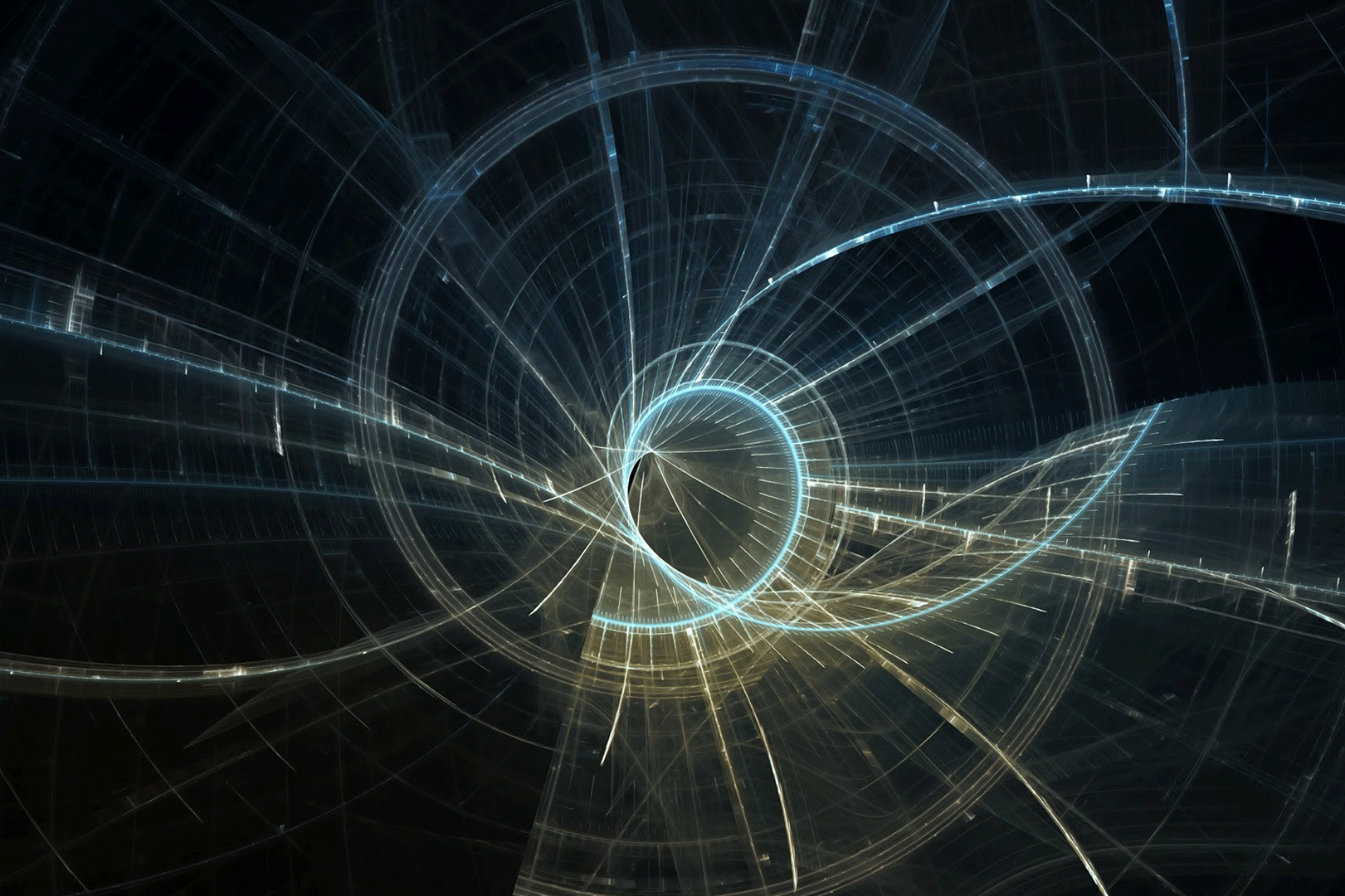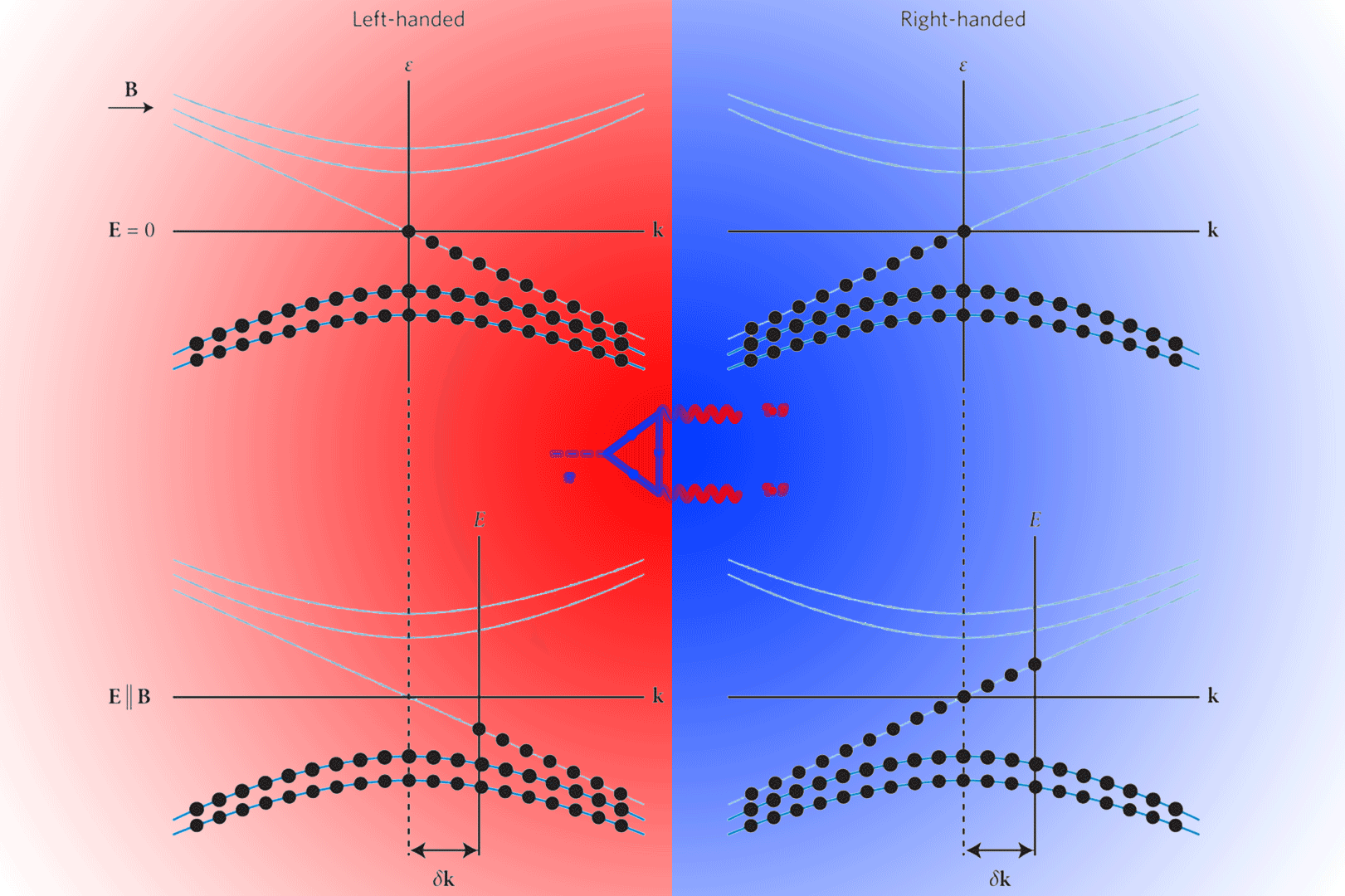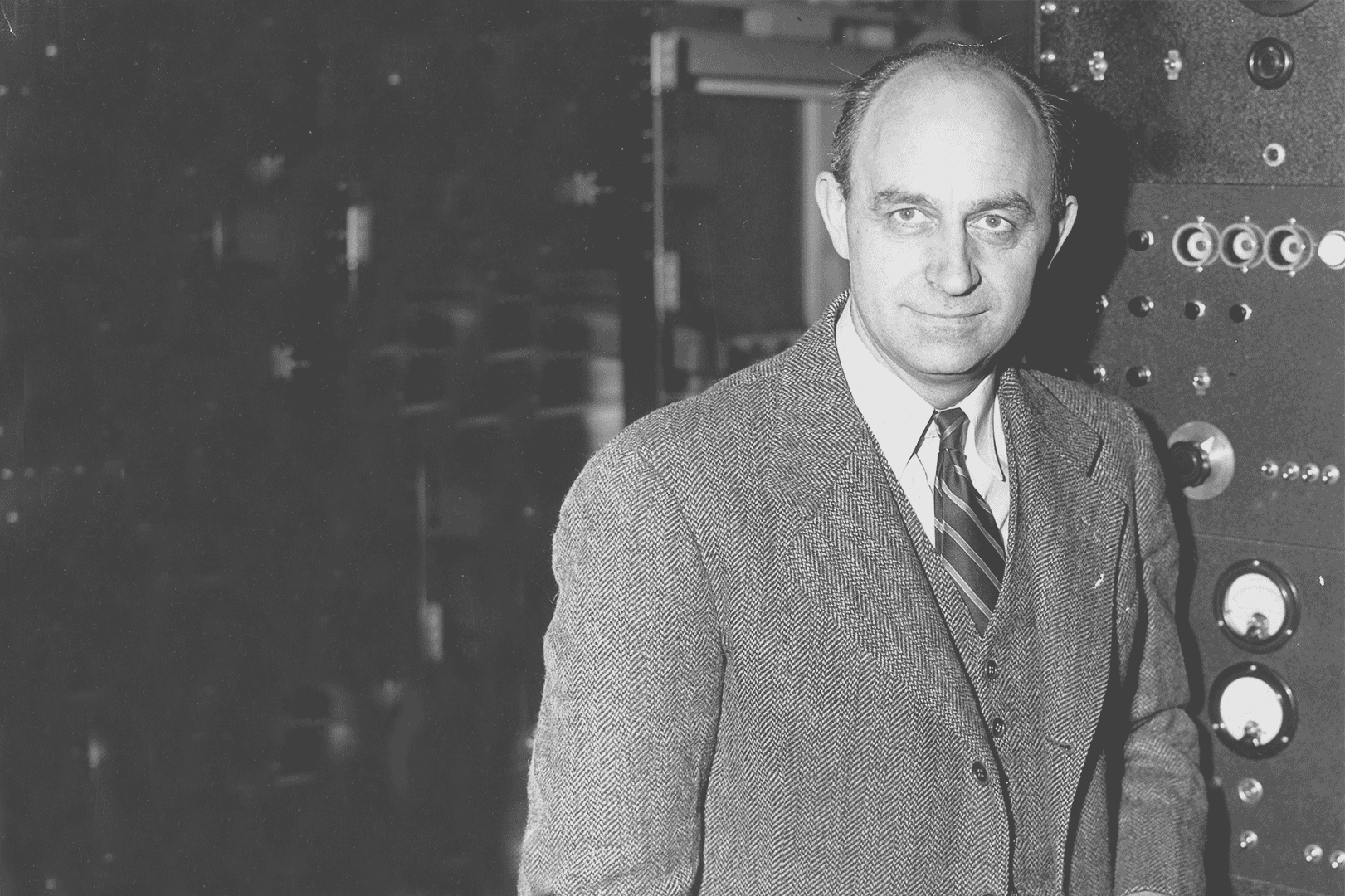When simulating the dynamics of open quantum systems, one often assumes a pure initial state of the system part. The validity of the assumption, of course, depends on the experimental realization. In most of the excitation energy transfer experiments, a pure initial state is a faithful representation of the system because the coherent light that excites molecules makes the wave-function of the system collapse to a certain state, hence factorizes the system-environment density matrix. The factorized density matrix is $\rho(t=0)=\rho_\mathrm{sys}(0)\otimes\rho_\mathrm{env}(0)$and the density matrix of the system at time zero (initial state)$\rho_\mathrm{sys}(t=0)$ is a pure-state in this case.
The lights in nature, however, are not always coherent. For example, the light of the sun, which is the energy source of the light-harvesting activities in plants, is not coherent. Incoherent lights don’t always generate a pure state [1]. Therefore It is relevant to study the relaxation dynamics of the system starting from a mixed initial state. A very useful formalism called thermo-field dynamics can handle mixed states by mapping them to pure states. Once a mixed state is mapped to a pure state, all of the conventional numerical methods designed for the Schroedinger equation can be applied to simulate the relaxation dynamics. In the following, the thermo-field formalism is introduced.
Consider an arbitrary time-dependent density matrix $\rho(t)$. The basis of the density matrix is eigenstates $|n\rangle$ of the system Hamiltonian $H$. The expectation value of an observable $A$ can be obtained from the trace formula $\mathrm{Tr}(\rho A)$. There exists a composite pure state
\begin{equation} |{\psi_\rho(t)}\rangle=\rho^{1/2}\otimes \mathrm{I}\cdot \sum_{n,n’}|{n}\rangle\otimes |{n’}\rangle \end{equation} that can produce the same expectation value by the normal average formula $\langle{\psi_\rho(t)|A|\psi_\rho(t)}\rangle$. Here $\hat{\mathrm{I}}$ is the identity operator in the space spanned by ${|n’\rangle}$ and $|n’\rangle$ is a copy of state $|n\rangle$.
What’s left is to study the time evolution of the state $|\psi_\rho(t)\rangle=\rho^{1/2}\otimes \mathrm{I}\cdot \sum_{n=n’}|n\rangle\otimes |n’\rangle$. We first note the dynamics of the density matrix are governed by the von Neumann equation
\begin{equation} i\hbar \frac{\partial \rho}{\partial t} = H\rho - \rho H. \end{equation}
Then we directly differentiate the state $|\psi_\rho(t)\rangle$ with respect to the time $t$ and put the von Neumann equation in the result. We have [2]
\begin{equation} i\hbar \frac{\partial |{\psi_\rho(t)}\rangle}{\partial t} = (H\rho^{1/2} - \rho^{1/2} H)\sum_{n=n’}|{n}\rangle\otimes |{n’}\rangle . \end{equation}
Expanding the equation above, the first term $H\rho^{1/2}\sum_{n=n’}|n\rangle\otimes |n’\rangle$ is equal to $H |{\psi_\rho(t)}\rangle$ by definition. The second term is $-\rho^{1/2} H\sum_{n,n’}|{n}\rangle\otimes |{n’}\rangle =- \rho^{1/2} \sum_{n,n’}E_n|{n}\rangle\otimes |{n’}\rangle$. It can be rewritten in new way. Noting the fact the $|{n’}\rangle$ is a copy of $|{n}\rangle$, one can replace $E_n$ by $E_{n’}$ without affecting the result. Thus,
\begin{align} \begin{split} -\rho^{1/2} H\sum_{n=n’}|{n}\rangle\otimes |{n’}\rangle =&-\sum_{n=n’}E_n(\rho^{1/2}|{n}\rangle)\otimes |{n’}\rangle\\
=&-\sum_{n=n’}E_{n’}(\rho^{1/2} |{n}\rangle)\otimes |{n’}\rangle\\
=&-\sum_{n=n’}(\rho^{1/2} |{n}\rangle)\otimes (E_{n’}{n’}\rangle)\\
=&-\sum_{n=n’}(\rho^{1/2} |{n}\rangle)\otimes (\tilde{H}|{n’}\rangle)\\
=&-\tilde{H}\rho^{1/2}\sum_{n=n’} |{n}\rangle\otimes {n’}\rangle\\
=&-\tilde{H}|{\psi_\rho(t)}\rangle\\
\end{split} \end{align}
where $\tilde{H}$ is a copy of $H$ and it operates on the duplicate Hilbert spanned by $|{n’}\rangle$.
Summarizing all the results above, we can conclude that the pure state $|{\psi_\rho(t)}\rangle$, which is a pure counterpart of the midex state $\rho(t)$, evolves according to the new Schroedinger equation,
\begin{equation} i\hbar \frac{\partial |{\psi_\rho(t)}\rangle}{\partial t} = (H-\tilde{H}) |{\psi_\rho(t)}\rangle \end{equation}
in the composite Hilbert space. Solving this equation can provide us the necessary information to obtain the expectation values.
Although the density matrix $\rho$ is mixed, the formalism we introduced above can map it to pure state in a doublet Hilbert space and avoid working with the density matrices.
References
- Brumer, P. (2018). Shedding (incoherent) light on quantum effects in light-induced biological processes. The journal of physical chemistry letters, 9(11), 2946-2955.
- Suzuki, M. (1991). Emerging broken symmetry in space and time. In Thermal Field Theories (pp. 5-15). Elsevier.








